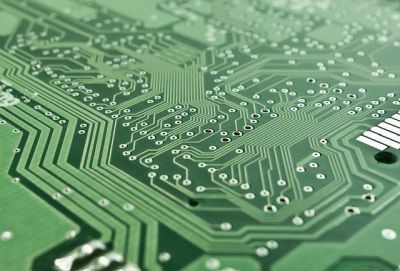Why Electronic Recycling Is A Huge Concern For Businesses Today

There is a growing number of reports about the problem of e-waste. This is a worldwide problem, and it seems to be becoming more serious with every day that goes by.
As a supplier of communication solutions, we believe it’s important that all of our clients know how to dispose of all equipment in a safe and correct manner. This is something we also deal with a lot when helping companies to relocate. So, let’s take a look…
E-waste refers to any electronic or electrical waste, from mobile phones and microwaves to refrigerators and laptops.
A large proportion of this type of waste is simply dumped in landfills and it is causing a significant amount of damage. With that being said, continue to read on to discover more about e-waste and the health and environmental impacts.
Why is e-waste a problem?
Electronic and electrical items contain materials that are extremely harmful to the environment. This is why they need to be disposed of in a safe and correct manner.
If you don’t do this, the toxic metals that are present can have a negative impact on the environment and the people that live in the area.
For example, a computer alone can contain all of the following: polyvinyl chloride, BFR, beryllium, mercury, cadmium, lead, and phosphor compounds. Let’s take a look at four of the most dangerous components in further detail:
- Cadmium – This poison is used in stabilizers, pigments, metal coatings, and batteries. It is a poison that can accumulate in the body, especially in the kidneys, and it is a known carcinogen, which means those exposed to the chemical are at risk of cancer.
- Mercury – Mercury is still found in old fluorescent light bulbs, thermometers, batteries, and it is the most potent neurotoxin in existence. This can intoxicate fish, which in turn makes them dangerous to eat.
- Lead – Lead is another dangerous element, and it can be extremely hazardous when exposed to humans, with the central nervous system, kidneys, and liver most at risk. For this reason, lead is now banned, however, this does not stop it from being present in electronics.
- Polycyclic aromatic hydrocarbons (PAH) – PAH can be dangerous and it affects areas such as the bladder, lungs, and skin.
Disposing of technology responsibility
Now that you know about the toxic chemicals featured in e-waste, it is not difficult to see why e-waste needs to be recycled, reused, or refurbished in a safe manner as opposed to simply being thrown in the bin. The three methods are explained below:
- Recycle – If you can’t reuse the equipment, then the best option is to recycle it. You will find that there are companies that have e-waste take-back services in place. Another option is to hire an e-waste recycler to give you the peace of mind that everything is being handled correctly. Vertex provides managed IT services for law firms and they can help you to ensure you’re recycling any tech you no longer need. There are similar companies across other industries as well.
- Reuse – This does not mean that you have to reuse the product. However, there may be someone else that is more than happy to have it if it is still in working order. Therefore, you may want to consider selling it or donating it.
- Refurbish – A final solution is to refurbish the item. You could get the components from your piece and reuse them for another purpose.






